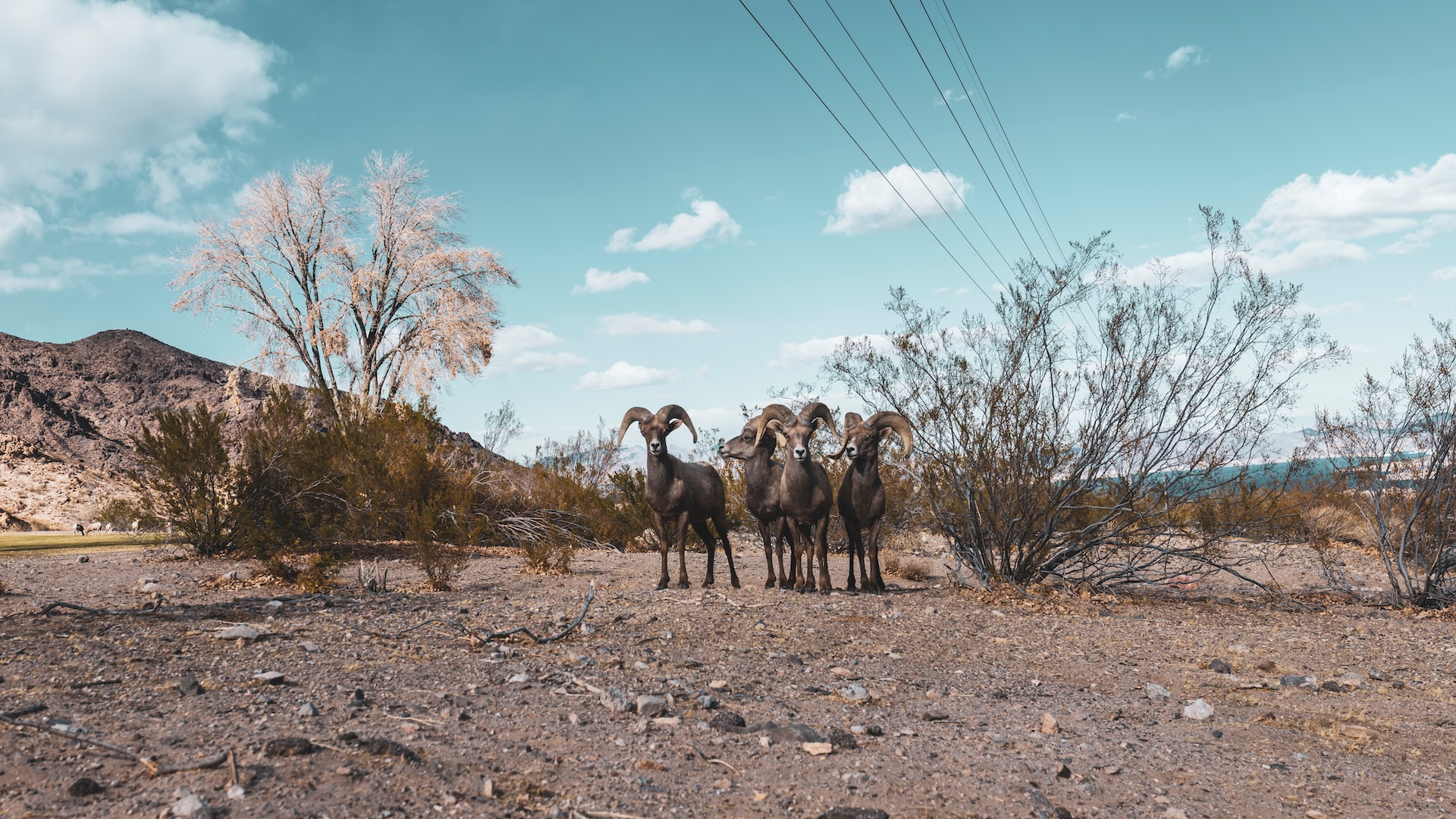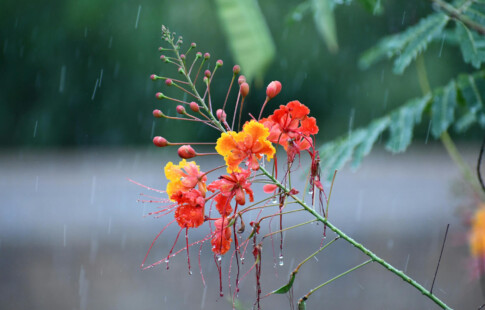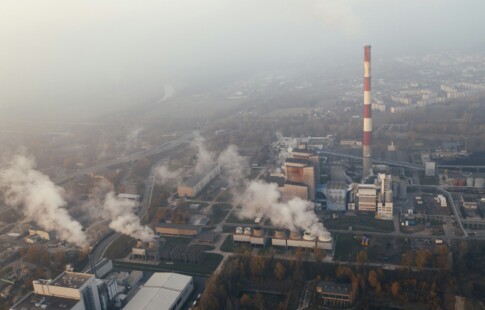
What Is a Wildlife Management Area?
We are reader-supported. When you buy through links on our site, we may earn affiliate commission.
Unlike state and national parks — which focus on recreation and cater to visitors — a wildlife management area (WMA) is, well, a little wilder. The goal of a WMA is to protect biodiversity and promote conservation, and these sites often serve as hunting areas and training grounds for burgeoning biologists who need hands-on experience.
Comparing Different Protected Sites
With so many unique natural areas to visit, it can be hard to understand the difference between them. Here are the main ways each type of protected site is unique.
National Park
A national park is a federally operated natural area that provides public recreation opportunities. Like state parks, national parks usually have campsites, trails and visitor centers, but they don’t operate as multi-use areas. They’re for conservation and recreation only. Generally, national parks are the most expensive type of protected site to visit, and there are 63 of them in the United States.
State park
This type of park is a state-run natural area that provides public recreation opportunities. State parks often have designated campsites, trails and a visitor center. However, they may double as areas for grazing livestock or harvesting natural resources. They usually charge lower fees than national parks.
Wildlife Management Area
A WMA is a state-run natural area that protects habitats and wildlife populations in a unique ecological region. There may be public recreation opportunities on a limited basis, but WMAs often lack trails, campsites, visitor centers and even paved roads. They might not be open every day or even have staff. At Guadalupe Delta in Texas, for example, there are two staff members serving a 7,200-acre WMA.
The primary goal of WMAs is to research wildlife, manage natural resources and conduct studies on vulnerable animal and plant populations to try to help them recover. Hunting is usually allowed. Other practices that take place in wildlife management areas include prescribed fires, rotational cattle grazing, grassland restoration efforts and restocking programs, in which biologists release vulnerable animal species to help bolster their populations.
WMAs provide areas in which to demonstrate wildlife management practices and habitat development to interested people. They’re the perfect environment for naturalists, biologists and educational groups to visit and study.
Wilderness Area
The National Wilderness Preservation System sets aside large tracts of land for preservation. These ecologically important wilderness areas are even more remote than WMAs, and vehicles are not allowed — not even bicycles. Over 80% of National Park Service land is designated as wilderness, adding up to an area larger than the state of California. Visitors must obtain special permits to visit.
Can You Visit a Wildlife Management Area?
Whether or not you can visit a WMA depends on the state, season and the rules of the wildlife management area itself. You might need to contact a biologist or wildlife manager to access the land. They usually post phone numbers and other contact info on the WMA’s website.
Additionally, since WMAs often have undeveloped roads, you might need a four-wheel drive to access some of them. The rules may also require you to wear blaze orange clothing to be more visible to hunters.
Many WMAs require you to purchase a public use permit, hunting license or fishing license to enter. These permits are usually inexpensive and may grant you access for up to a year depending on the WMA. In Texas, for example, a $12 Limited Public Use (LPU) permit lets you access all state-run wildlife management areas for a whole year.
What Can You Do in a WMA?
If you value solitude and true remoteness, a wildlife management area is a great place to enjoy a hike, go birdwatching or camp under the world’s darkest skies. Many are also open to horseback riding, hunting and fishing. The latter activities can be an important aspect of wildlife management.
Always follow the seven Leave No Trace principles when visiting a wildlife management area.
What Services Are Available?
There likely won’t be electricity, RV hookups, showers or even running water. Trails and roads may be left to overgrow during the off-season when biologists aren’t present. Depending on which wildlife management area you visit and when, you might not see anyone at all.
These factors make it crucial to be well prepared and to tell someone where you’re going when visiting a WMA. Leave an itinerary with friends and family members before you go, because you may not have cell service or internet in a WMA. Always put air in your tires and give your car an oil change before heading off into a remote area.
What to Bring When Visiting a WMA
Wildlife management areas vary wildly in terms of terrain and climate, but there are a few things it’s always a good idea to bring, including:
- Sunblock
- Sunglasses
- Hiking boots
- Food
- Water
- A hat
- A map
- A trowel for digging catholes
- Bug spray
- Clothes for any kind of weather — rain, sun or freezing cold
- A first-aid kit
- A headlamp and extra batteries
- Shelter — even just an emergency bivy sack
- A spare tire and tire-changing kit in the car
- Blankets in the car
Since your cell phone might not work in a WMA, consider bringing a two-way communication GPS that allows you to text people or show them your location. A GPS, of course, also works as a navigation system. Most GPS devices require you to subscribe to a monthly plan just like a phone.
If you’d rather not pay for a GPS plan, bring a personal locator beacon (PLB) instead. A PLB is a one-way communication device. It features a single button that reveals your location and calls emergency services, pinpointing your coordinates even if you move after activating the device. PLBs are pricey, but it’s worth investing in one if you spend a lot of time traveling in remote locations.
Putting the “Wild” in “Wildlife”
If you want to visit rugged, rarely disturbed country off the beaten path, consider taking a trip to a wildlife management area. They may not offer as many amenities as a state or national park, but that’s part of the appeal. It might just be you and the Milky Way.
Share on
Like what you read? Join other Environment.co readers!
Get the latest updates on our planet by subscribing to the Environment.co newsletter!
About the author
Maria Visser
Maria serves as the Assistant Editor of Environment.co. A true foodie and activist at heart, she loves covering topics ranging from veganism to off grid living.





